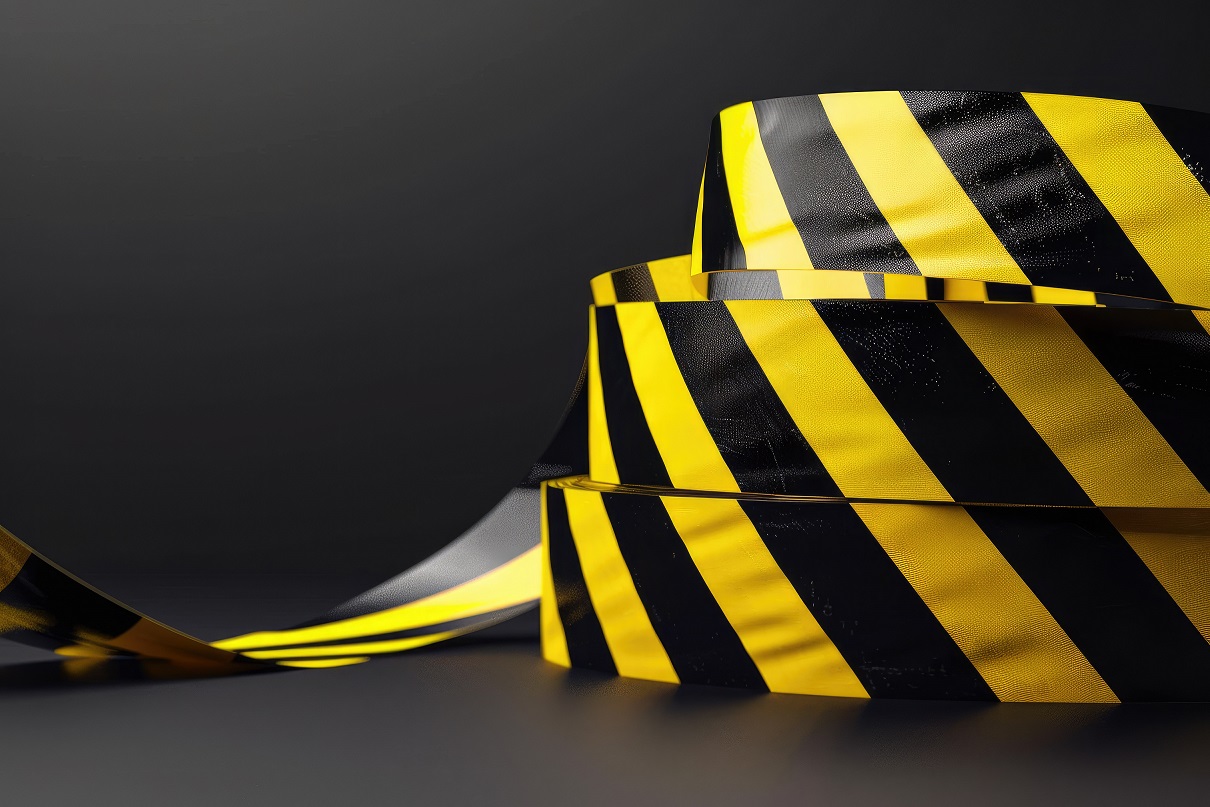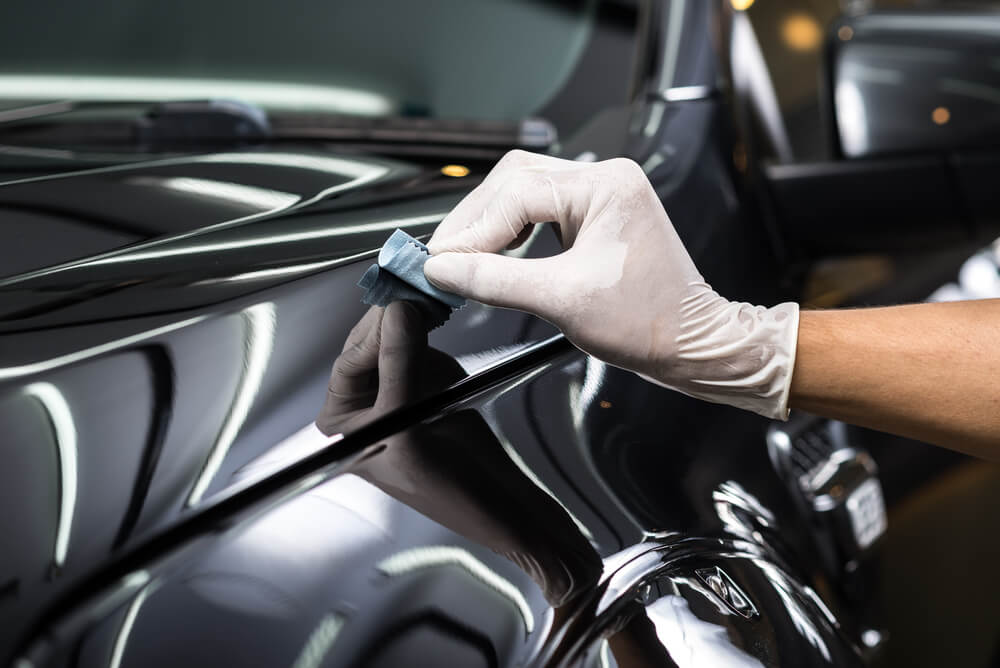Glow tape has gained popularity for its ability to emit light in darkness, making it an excellent choice for various applications. Whether used for safety, decoration, or creative projects, understanding how glow tape works is essential. The primary question that often arises is whether glow tape needs charging. This inquiry leads to exploring the different types of glow tape—photoluminescent and chemiluminescent—and their specific functions.
Photoluminescent tape requires exposure to light to glow, while chemiluminescent tape glows through a chemical reaction. By delving into these types and their applications, one can maximize the effectiveness and enjoyment of using glow tape in different scenarios.
What is Glow Tape?
Glow tape is a type of tape that glows in the dark after being exposed to light. This is made possible by the presence of phosphorescent materials within the tape. These materials absorb and store light energy when exposed to a light source. Once the light source is removed, the stored energy is slowly released as visible light, giving the tape its glow-in-the-dark effect.
Types of Glow Tape
There are primarily two types of glow tape: photoluminescent and chemiluminescent. Each type works differently and has unique applications.
Photoluminescent Tape
Photoluminescent tape, the most common type, requires exposure to a light source to charge. This can be sunlight, fluorescent lights, or even LED lights. After absorbing the light energy, the tape can glow for several hours in darkness. The duration and brightness of the glow depend on the length and intensity of the light exposure.
Chemiluminescent Tape
Chemiluminescent tape, on the other hand, does not require charging from a light source. It glows through a chemical reaction that occurs within the tape. This type of glow tape is often used in emergencies where immediate and reliable light is needed without prior exposure to light.
Does Glow Tape Need Charging?
Photoluminescent Glow Tape
The short answer is yes, photoluminescent glow tape does need charging. This type of tape relies on light exposure to function. The more intense the light and the longer the exposure, the brighter and longer-lasting the glow will be.
For optimal results, expose the tape to a bright light source for at least 30 minutes. Natural sunlight is the most effective, but if that’s not available, any strong artificial light will do. The tape can retain its glow for up to 12 hours, although it will gradually dim over time.
Chemiluminescent Glow Tape
Chemiluminescent glow tape does not need to be charged by a light source. Instead, it relies on a chemical reaction that starts when the tape is activated. This type of tape usually comes in single-use formats, such as glow sticks, and is often used in safety and emergency applications.
Applications of Glow Tape
Safety and Emergency
One of the most important uses of glow tape is in safety and emergencies. Glow tape can mark exit paths, stairs, and obstacles in the event of a power outage or during nighttime. This can be particularly useful in public buildings, theaters, and aircraft, where visibility is crucial for safe evacuation.
Home and Office Decor
Glow tape can add a fun and unique element to home and office decor. It can be used to create glowing patterns on walls, furniture, or even garden paths. It’s an easy and non-permanent way to add some creativity to your space.
Arts and Crafts
For those who enjoy arts and crafts, glow tape opens up a world of possibilities. You can use it in various DIY projects, such as creating glowing stars on a child’s bedroom ceiling or highlighting the edges of a skateboard.
Entertainment
Glow tape is also popular in the entertainment industry. It can be used on stage sets, costumes, and props to create stunning visual effects. It’s also a favorite in the party scene, where it can be used to decorate venues and create glow-in-the-dark party favors.
How to Get the Best Glow from Your Tape
To get the most out of your glow in dark tape, follow these simple tips:
Charging the Tape
Ensure the tape gets enough light exposure before use. The brighter and longer the light exposure, the better the glow. Natural sunlight is the best, but if that’s not possible, use a strong artificial light.
Placement
Place the tape in areas where it can receive maximum light exposure during the day. If you’re using it indoors, position it near windows or under bright lights.
Maintenance
Keep the tape clean. Dust and dirt can block the light from reaching the phosphorescent material, reducing its ability to glow. Regularly wipe the tape with a damp cloth to keep it free from dust and grime.
Testing
Before relying on the glow tape for critical applications, test it to ensure it has received enough light and can glow as needed. This is especially important for safety-related uses.
Environmental Impact and Safety
Luminous tape is generally safe and non-toxic, making it suitable for various applications, including around children and pets. However, always check the manufacturer’s specifications to ensure it meets safety standards.
Photoluminescent glow tape has a smaller environmental impact than chemiluminescent options, which frequently contain chemicals that may be harmful if not disposed of properly.
Final Words
Glow tape, with its ability to emit light in the dark, is a valuable tool for enhancing visibility and safety in various settings. Moreover, charging it with exposure to light is simple and efficient. Understanding how glow tape works and how to use it effectively can help you make the most of its benefits. Whether you’re marking emergency exits, adding a creative touch to your decor, or ensuring safety during nighttime activities, glow tape proves to be a versatile and reliable solution.
In conclusion, the next time you ask, “Does glow tape need charging?” you can confidently answer yes, with the knowledge that charging is as easy as exposing it to a light source. Embrace the glowing truth and make the most of this innovative and practical material in your everyday life.




